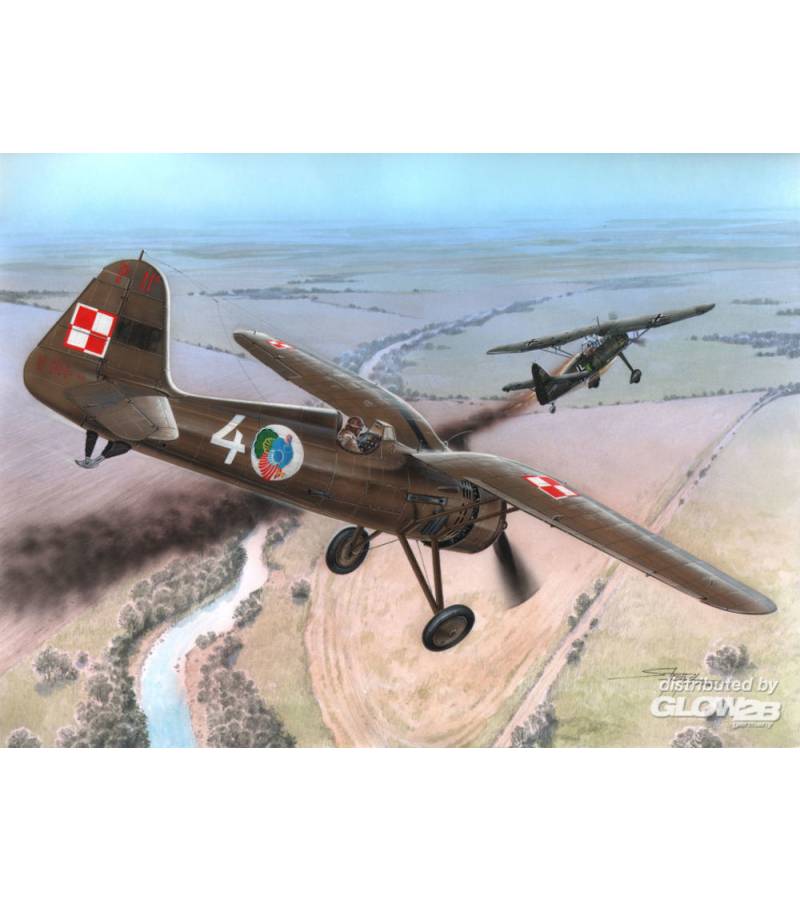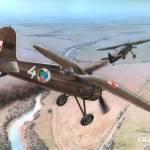1:72 Azur
The P.11 was designed by Państwowe Zakłady Lotnicze (PZL) The Polish state aviation works. They were Polands main aircraft manufacturer during the interwar years. The P.11 was designed by Zygmunt Pulawski. In the late 1920s he had designed the all metal monoplane fighter the P.1 using a high mounted gull wing. This became known as the Polish or Pulawski wing.
The P.1 and later P.6 & P.7 lead to the development of the P.11. The original P.11a was powered by a Bristol Mercury IV S2 radial engine but was considered an interim model and only 30 were built. The final variant the P.11c had a new refined fuselage with a lowered engine to give the pilot a better view. Production of the P.11c began in 1934 with 175 being produced. The first 50 had the Bristol Mercury V S2, with the remainder being fitted with the Bristol Mercury VI S2.
Even though in 1934 the P.11C was more advanced than the Gloster Gladiator and the He 51, the fast pace of aircraft design in this time period coupled with the untimely death of Zygmunt Pulawski left the Polish with the P.11c in 1939 which was by then totally outclassed. The Polish had tried to order Hurricanes from Britain and M.S 406s from France. In the end none of these were delivered and the Polish Air Force faced the Luftwaffe in 1939 in their P.11cs.
Not only were the P.11s low in numbers, lacking armament and radios, but they found the Bf 109s & Bf 110s faster and better armed. The Polish fighters had better manoeuvrability and due to the design better visibility. Despite the odds the Polish pilots managed to acquit themselves well. German records show losses of 285 with 110 being credited to the P.11 though the numbers are not 100% verified. The P.11c also has the dubious distinction of being the first aircraft to be shot down in WWII on 1st September 1939.






